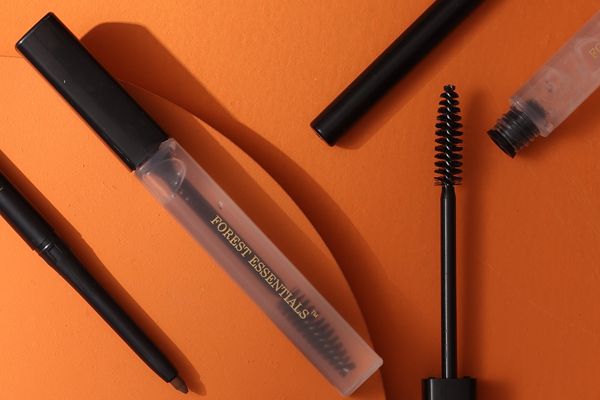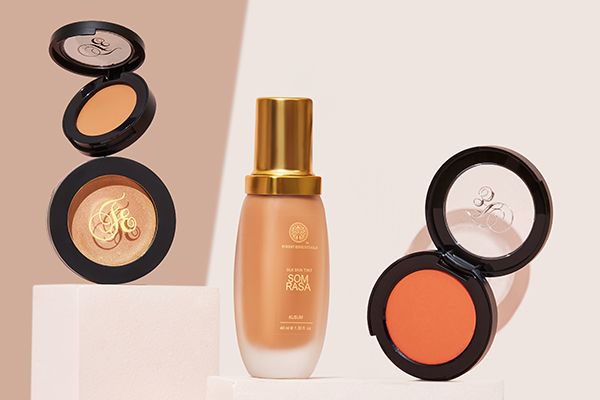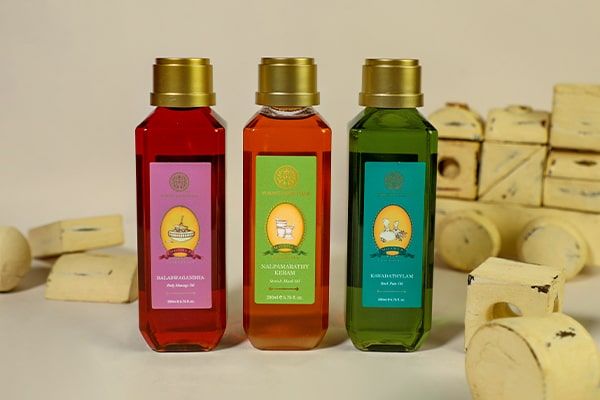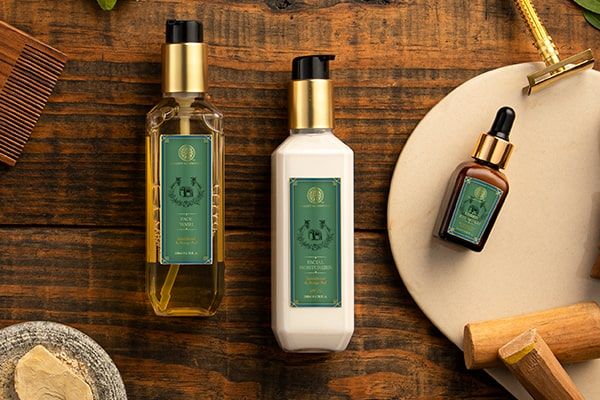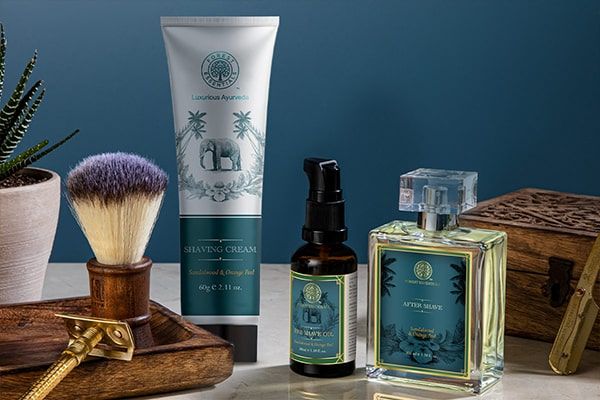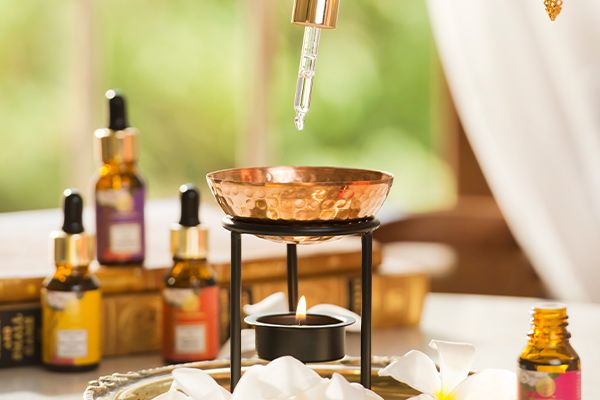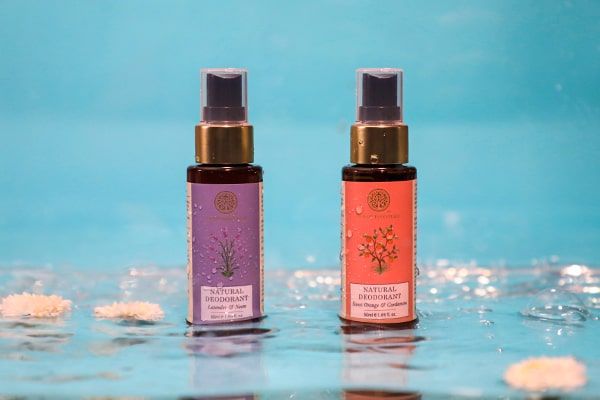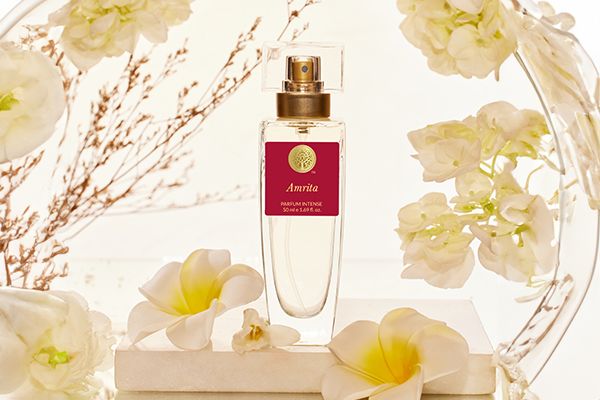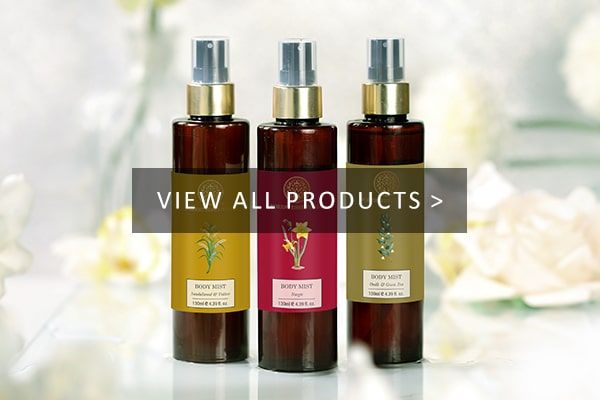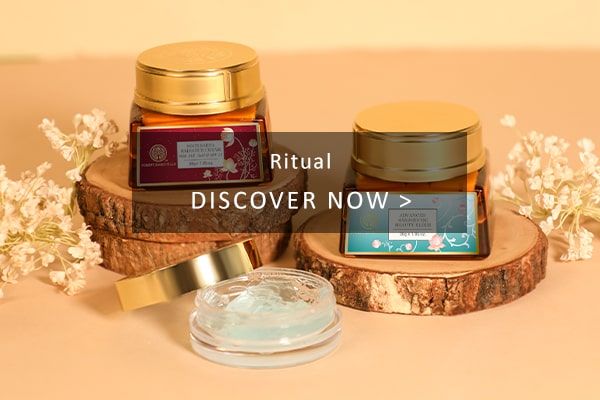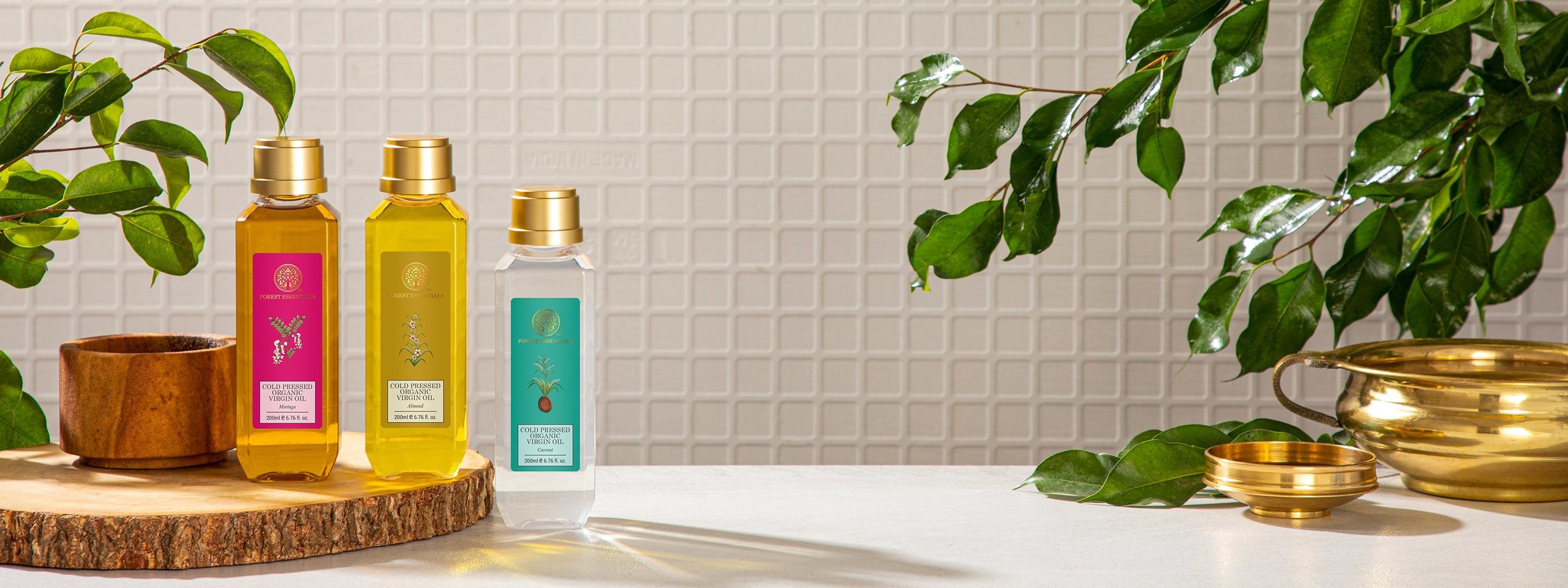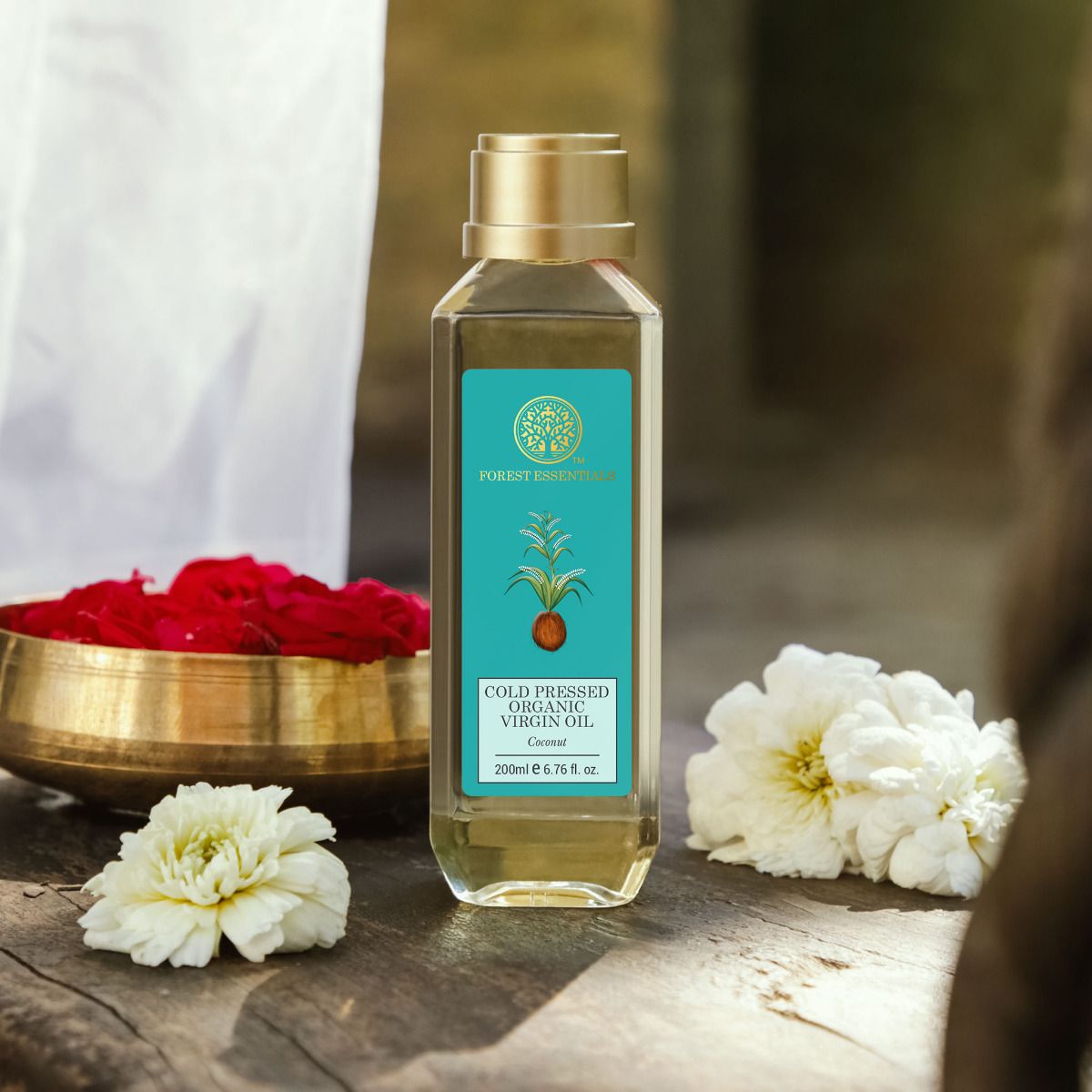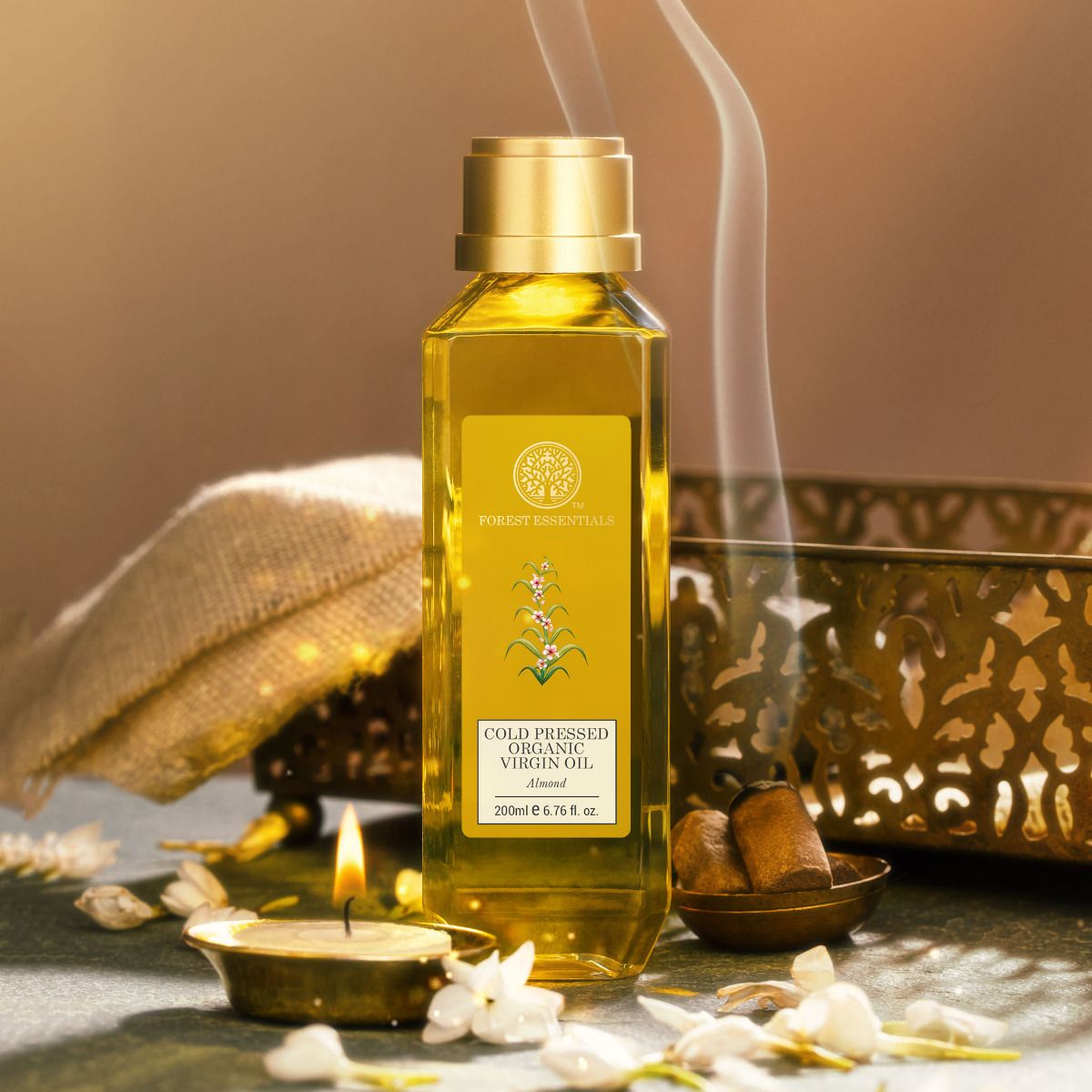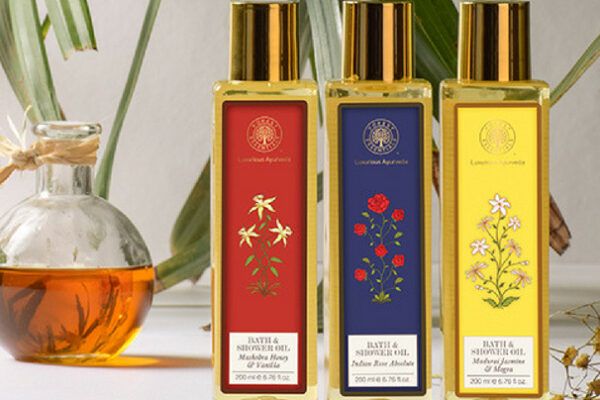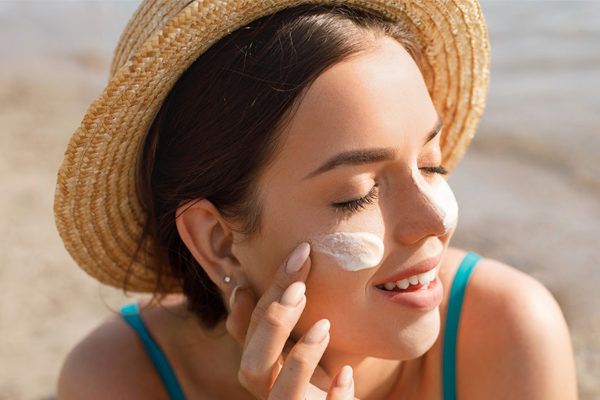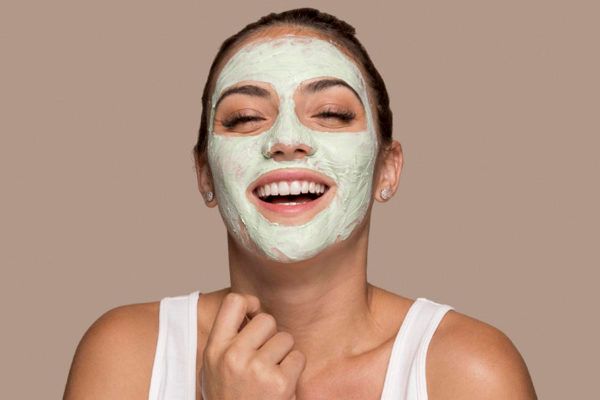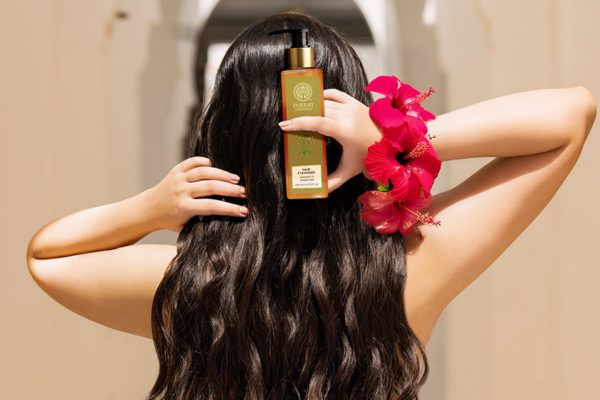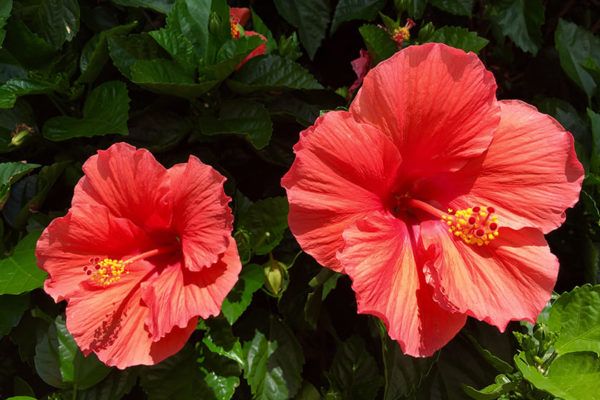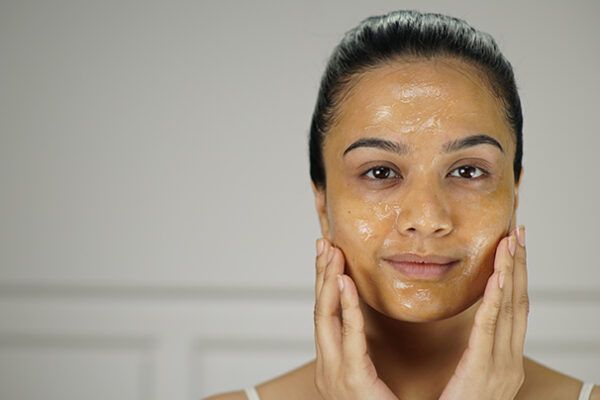Did you know that when you indulge in a massage with an Ayurvedic body oil, it completely seeps into the thickest layer of the skin within five minutes and the other layers in eight to ten minutes? Oiling as a practice is rooted in tradition and is a crucial part of Indian culture. In fact, Ayurvedic texts mention that oils in ayurveda are always more effective for the skin than any other formulation, considering their smaller molecular structure, which allows easy penetration into the skin. Incorporating Ayurvedic oils into your daily skincare routine can deliver varied benefits to all the cells in the body.

Ayurvedic oils can be referred to as distilled elixirs rather than just carriers. These are extremely potent and fast-absorbing. Our skin’s outer layer is made up of fatty tissues, and the skin recognises oil as its own natural extension which speeds up the absorption process.

Oiling and Its Significance in Ayurveda
Renowned Ayurveda Acharya, Sushruta, emphasized that our food should be slightly unctuous and hot, and that is why Ghee and Oil play an important role while preparing food. For the body, oiling is considered effective because an oil massage efficiently transfers the medicinal qualities of herbal oils, deep into the tissues which promote healing. There is a list of Ayurvedic oils for different concerns and requirements, including Ayurvedic oil for muscle pain to provide relief, for wound or bone healing, as well as Ayurvedic oil for joint pain to strengthen joints and to relieve stiffness.

As far as hair care is concerned, there are specific Ayurvedic hair oils that are crafted to promote hair growth. While the best Ayurvedic hair oil may differ depending on your concern, some of the natural hair oils that you can try are Japapatti Ayurvedic oil to improve volume and texture, or Curry Leaf and Camphor Ayurvedic oil to stimulate hair growth. An oil that makes for the perfect anti-dandruff oil in Ayurveda is the Bhringraj Ayurvedic oil as it is nourishing, promotes shinier and glossier hair, and reduces hair fall. Just like Ayurvedic hair oils, there are specially crafted Ayurvedic face oils too that provide the skin with a healthy glow, along with anti-aging benefits, and balance all kinds of Vata imbalances in the body.
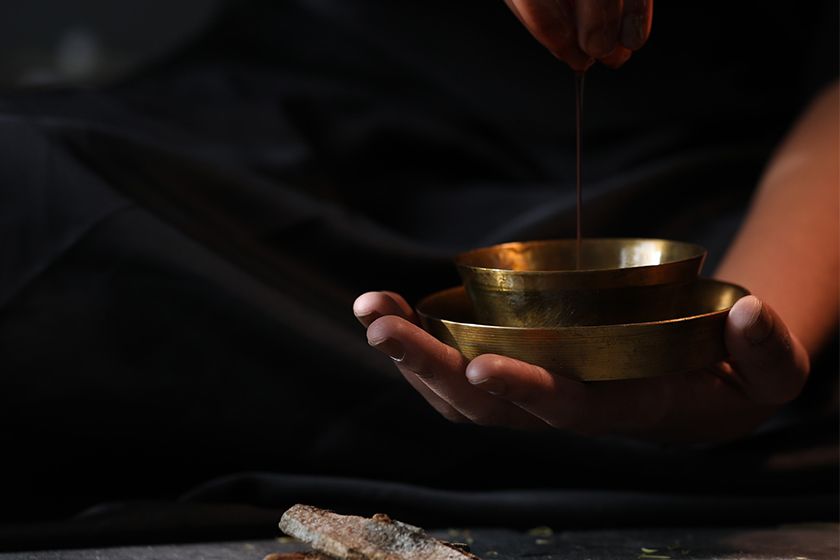
This isn’t all. Oiling is helpful in maintaining your oral hygiene too. Whether it is avoiding bad breath, removing bacteria from your mouth, or preventing tooth decay, oil pulling in Ayurveda makes for an efficacious morning ritual to indulge in. This ritual involves whirling the oil in your mouth for a duration of approximately 15 to 20 minutes and then rinsing with lukewarm water.
That’s why oil is an integral part of Ayurvedic science for its preventive, curative, and skincare aspects, as it nourishes the body’s deepest cells and tissues.
In Sanskrit, oiling is called Sneha which translates to love. This is one reason why oiling is considered special in Ayurveda. It is regarded as the ultimate nourisher as well as the carrier of love.
According to the Charak Samhita, the coveted Ayurvedic scripture, oiling should be indulged in on a day-to-day basis. Not only does it provide nourishment to the body but also helps in balancing the Doshas. It also reduces fatigue, improves stamina, promotes longevity, and induces deep sleep while also enhancing the complexion, as well as skin lustre.

Oiling According to the Skin Type
Most people believe that if their skin type is oily, oiling should be avoided. However, that is just a myth since all oils are not bad for oily skin. One only needs to know which is the right oil for their skin. If you have oily skin, steer clear of Ayurvedic oils that might clog your pores and maybe consider a naturally prepared Ayurvedic Coconut oil or one that is Avocado based, or you can also opt for lighter Ayurvedic face oils including Jojoba Oil, Sunflower Oil, Apricot Oil or Tea Tree Oil.
For those with a combination skin type, Ayurvedic Kumkumadi oil is an ideal option since this skin type is more prone to pigmentation and acne. Kumkumadi is also great for skin brightening, is anti-aging and also aids in lightening dark circles.
Castor Oil in Ayurveda is recommended for those who have dry skin type since it is highly moisturising and helps in maintaining skin health. You can blend Castor oil with Almond Oil or Coconut oil and then apply it on your face for optimal results.

Components of Ayurvedic Oils
An Ayurvedic oil recipe includes the ratio of these three components, i.e. one part of Kalka (paste of herbs), four parts of Sneha Dravya (oil), and 16 parts of Drava (aqueous solution made with water and herbs).
The oil is taken in a vessel and heated for some time; post that the Kalka and Qwatha mass are added and mixed together. This mixture is then boiled on a low flame while stirring it to avoid Kalka overflowing from the vessel, and the boiling continues until the water evaporates.
According to Ayurveda, the process of preparing oil includes boiling the water until it evaporates completely from the decoction. There should also be no residual moisture (less than 0.1%) in the oil. Lastly, it is important to strain the oil is still warm, using a muslin cloth, and then leave it to cool down.

Ayurvedic Oils: A Miracle Ingredient
In India, a facial massage with an Ayurvedic oil is a tradition that has been followed by women for centuries. Applying Ayurvedic oils to your face actually helps to balance the skin’s natural oil production, and prevents the skin from producing extra oil that tends to cause breakouts.
The oldest skincare ritual, Ayurvedic oils, are full of essential nutrients like fatty acids that help maintain moisture and enable the skin to defend itself from radicals and pollutants in the environment. They also penetrate deep into the skin, which makes them a great carrier ingredient in all your skincare products, helping your skin utilize all other ingredients more readily so that radiant, smooth skin is no longer a fallacy.
At Forest Essentials, oil is the common element in all of our products. It’s the miracle ingredient that brings to your creams, serums, and cleansers a host of its own nutrients while also enhancing the efficacy of all the other ingredients they are infused with.
We believe that oils make the skin softer than any other ingredient. This is because Ayurvedic oils mimic the natural lipids found in our bodies and, just like serums, they sink in between the cells and create a better, smoother skin surface. They also have protective qualities and are great at really locking in moisture, which makes them a preferred choice in skincare formulations.
Now that you know all that there is to learn about Ayurvedic oils, make sure you incorporate these effectively in your day-to-day routine for the results you desire!
FAQs
What is Ayurvedic oil?
Ayurvedic oils are one that have therapeutic properties that balance the doshas; Vata, Kapha, and Pitta. According to Ayurveda, oils are essential food for the skin that is absorbed quickly by its multiple layers, and provides nourishment.
How do Ayurvedic oils work?
There are different uses of Ayurvedic oils which vary from using it for cooking, indulging in body massages, to apply it on the face and hair for visible results.
Which Ayurvedic oil is best?
The ideal Ayurvedic oil for you depends on your concern, your Dosha type, your skin type as well as your hair type.
Which Ayurvedic oil is good for hair?
There are various options for good Ayurvedic hair oils. You can choose from Curry Leaf and Camphor, Bhringraj, Japapatti, and more, depending on your hair type and hair concern.
Does Ayurvedic Oil regrow hair?
Ayurvedic hair oils including Curry Leaf & Camphor and Bhringraj Head Massage oils are great to stimulate hair growth while also reducing dandruff.
What are the benefits of Ayurvedic oils?
Ayurvedic oils are excellent nourishers for your skin and hair. From healing wounds, providing joint pain relief, strengthening joints, and relieving stiffness to brightening the skin’ complexion, reversing signs of ageing and promoting hair growth, Ayurvedic oils have varied benefits.
How can we make Ayurvedic oil at home?
An Ayurvedic oil recipe includes the ratio of three components which include one part of Kalka which is a paste of herbs, four parts of Sneha Dravya which literally translates to oils, and 16 parts of Drava which is a combination of water and potent herbs.
Which Ayurvedic oil is best for joint pain?
Ayurvedic Oils infused with Rosemary, Lavender, Ginger, Cinnamon, Eucalyptus, Lemongrass et al are ideal to provide relief from joint pain.





